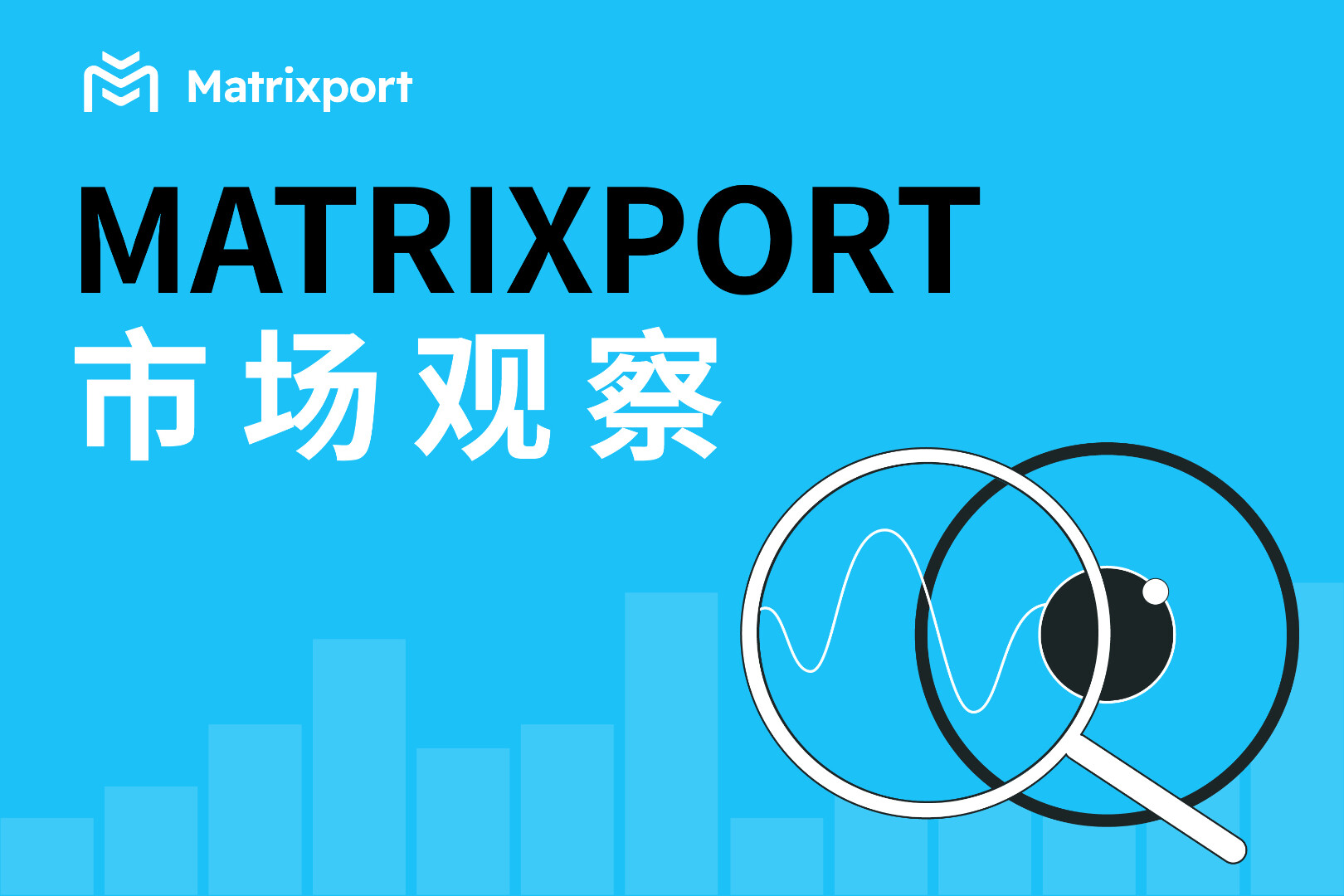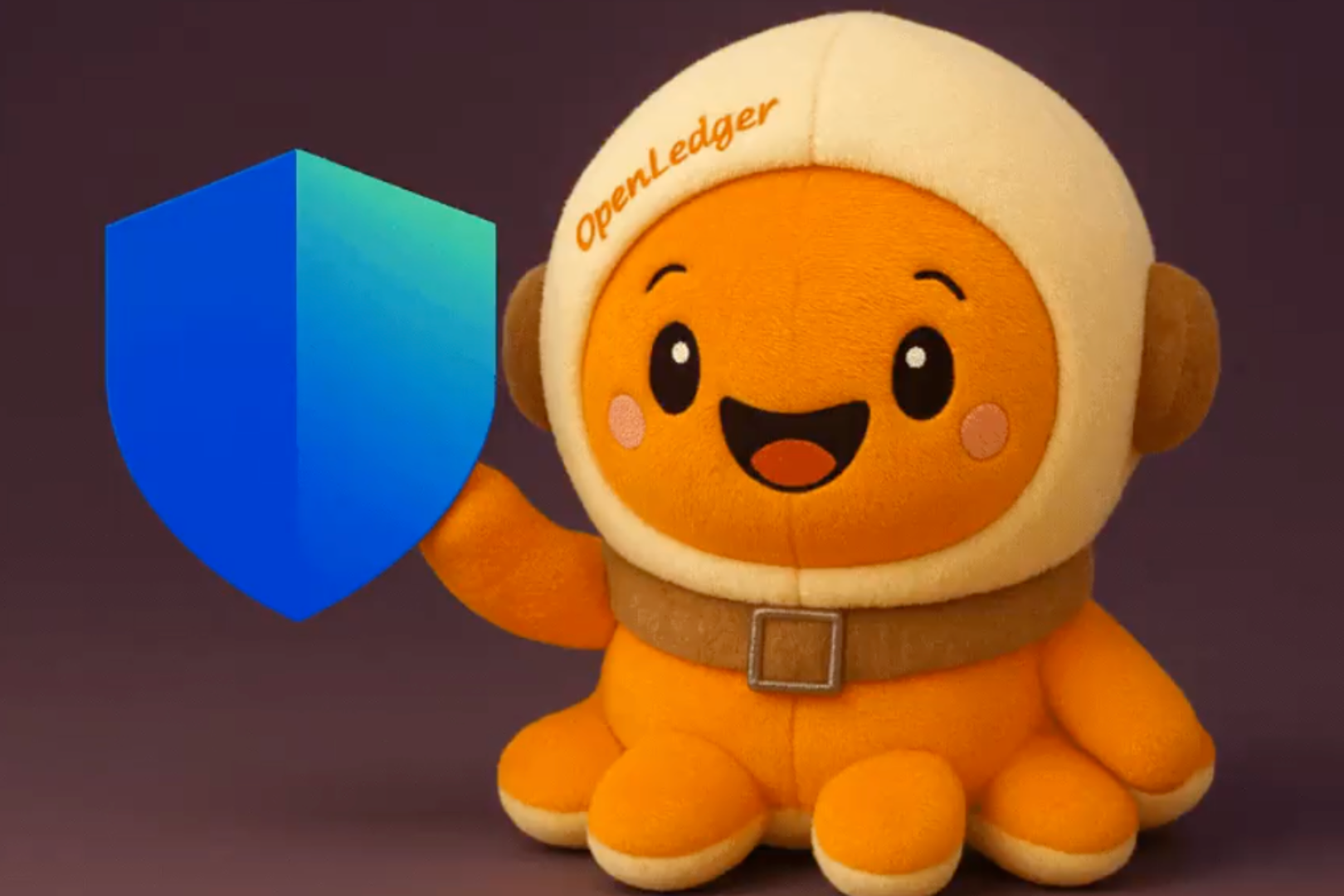Editor's Note: This article comes fromChain News ChainNewsEditor's Note: This article comes from
Chain News ChainNews
(ID: chainnewscom), Author: Regan Bozman, CoinList Operations Director, Compiler: Cheng Ziying, published by Odaily with authorization.

Since the beginning of 2015, investors have poured billions of dollars into the cryptographic tokens that power open-source networks. These include tokens that drive decentralized applications, smart contract platforms like EOS and Ethereum, and application protocols built on top of blockchains like 0x and Maker.
Tokens are designed to align the incentives of participants in the network and, in theory, increase in value as network usage increases.
Generally speaking, the token model is as follows:
When a token increases in value, it attracts the attention of developers and investors;
These developers then purchase these tokens and become stakeholders in the network;
These developers will benefit from the success of the blockchain network, and they will develop applications on the top layer of the blockchain network;
While there are many untested assumptions that this model relies on, I think the most interesting are the predictions of developer behavior. While billions of dollars of investment are dependent on developers adopting these protocols, I have seen little analysis of whether the incentives described above actually incentivize developers. There are still no good answers as to whether this model of engagement works, whether teams will happily adopt the protocol, and how to quantify developer adoption.
This article attempts to make some contributions to this topic by analyzing why developer adoption is important for blockchain protocols. I'll also discuss how teams engage developers and how to evaluate which approaches have been successful. Finally, I will offer some suggestions for quantifying the state of developer adoption of blockchain protocols.
secondary title
Why are developers important to blockchain protocols?
Over the past few decades, most companies have adopted a fairly simple business model: produce software and charge for its use. In the early days of the Internet, companies often charged a fee for software licenses or diskettes of software, for example, $50 for a copy of Microsoft Word. Over the past decade, software-as-a-service (SaaS) has become a more dominant pricing model. More recently, companies like MongoDB have built large businesses on top of open source software by charging for additional tools.
Albert Wenger of Union Square Ventures, a proponent of this model, explained:
While there are subtle differences between the business models of tokens, almost all of them rely on the same idea: the need to build applications, products or services on top of the protocol to drive user adoption.
secondary title
text

Over the past few years, blockchain teams have invested significant resources in attracting developers. In 2018, Block One, the team behind EOS, spent millions of dollars hosting hackathons around the world, while Ethereum took a more community-led approach, but still let its founder and ambassador Vitalik Buterin fly. Promote Ethereum to all over the world. In general, some of the most common strategies used by blockchain teams include hackathons, funding projects, and setting up eco-funds.
secondary title
How effective is the hackathon?
Hackathons have existed 10 years before the release of the Bitcoin white paper, and many teams in the blockchain field still favor this method of attracting developers. As the largest developer community in the crypto space, Ethereum is the most successful hackathon. The most famous organizer of Ethereum hackathons is ETH Global, which is independent of (though funded by) the Ethereum Foundation. Since organizing ETH Waterloo in October 2017, several hackathons have been held, attracting more than 4,000 developers.
While it remains to be seen whether this data actually proves developer appeal, some early data suggests that looking at a project's developer appeal in terms of hackathon participant numbers can be quite useful.
In 2018 alone, ETH Global attracted 1,000 developers from more than 60 countries to join the Ethereum ecosystem. And the ETH Denver event held in February this year hosted more than 1,000 developers, and the number of people participating in the Ethereum Hackathon this year will almost certainly exceed 2018.
However, the effectiveness of hackathons in keeping developers in the Ethereum ecosystem is uncertain. Many blockchain teams that have sponsored prominent developers have reported that most projects were shelved after the hackathon ended. It’s no surprise that developers who come to hackathons like ETH Denver over the weekend have to go back to full-time work on Monday morning.
On the other hand, influential companies also appeared in the weekend hackathon. Felix Feng created the initial version of Set Protocol at ETH Waterloo in October 2017 and successfully raised $2 million from a group of top investors a few months later.
Furthermore, these hackathons may also have a positive impact on Ethereum in the future, for example, after a few months of participating in the hackathon, developers may decide to devote themselves to the blockchain industry full-time.
I've never been to any EOS events, so it's hard to compare them; but my weekend at ETH Denver earlier this year left me impressed with the Ethereum community. Although the prize money for the event is relatively small, more than 1,000 developers from all over the world come together. No one gets together to discuss bonuses or token prices. Instead, people seem genuinely interested in learning about Ethereum and meeting other people in the community.
While the Ethereum community looks like it needs more work, I fully believe this community will be difficult to replicate.
secondary title
Is it useful to provide funding for developers?
In the crypto world, I define "funded projects" as those that provide non-dilutive capital to the development teams of some specific blockchain protocols or decentralized applications. I define "funded projects" to also include non-financial support such as technical assistance.
The Ethereum Foundation launched the Developer Grants (DEVGrants) project in early 2015, giving each project a small grant of $1,000 - $10,000. By the time the Ethereum Foundation restarted its funding program in 2018, the size of the funding was significantly different, changing from $10,000 to $1.5 million. Many protocols in the Ethereum ecosystem also provide grants to teams using their software. In December, 0x announced a $1 million annual ecosystem acceleration program, while Maker has been providing $25,000 in grants since February 2018 as part of its stabilization fund.
Most layer-1 blockchains have similar funding programs, including Zilliqa's $5 million grant program, Protocol Labs' $5 million research grant program, and Stellar's partner grant program. While all of these funding programs focus on ecosystem building, their specific goals vary. For example, Zilliqa is focused on "developing new applications on its open-source technology platform," while Protocol Labs (aka Filecoin) focuses its funding program on core development challenges, such as its consensus algorithm.
Are these funding programs effective? It's really hard to say. Few of these projects have been running for more than two years, which is a shorter time dimension for evaluating the success of startups. Furthermore, very few funded projects release more data to the public. There are anecdotal reports of some success, though. For example, the Ethereum Foundation gave Uniswap a $100,000 grant in August 2018, and Uniswap has since been on a roll, currently holding $7 million in its smart contracts. But tracking the progress of those core infrastructure projects is more challenging.
Team accountability is also much worse. Venture capital may not be the most transparent industry, but venture capital funds are accountable to their LPs and believe the market works reasonably efficiently. Venture capitalists also typically ask the team about the metrics they want to see. But for most funding schemes it is unclear how future funding will be decided and to whom.
Selection bias is also a concern. In some cases, it makes sense to provide funds to fund projects, such as the core infrastructure of Ethereum 2.0 is difficult to monetize and should be funded. There is also a legitimate reason that grant money can be a bridge from project start-up to venture capital. However, I don't believe that the teams that are able to raise money from top investors are usually the ones that apply for funding programs. While VC funding dilutes equity, it gives the team more certainty and is a good signal for things like hiring.
secondary title
Can the eco-fund build an ecology well?
Broadly, I define "eco-funds" as funds that invest in dilutive capital with the goal of building a specific ecosystem or protocol. This is the evolution of corporate venture capital. Corporate VCs will invest in early-stage companies for strategic and financial return reasons, but a fund solely focused on getting a return on investment in the crypto space is not an eco-fund.
ConsenSys is the earliest ecological fund in the encryption field. It was founded in October 2014 by Joseph Lubin, the co-founder of Ethereum, and aims to develop the Ethereum ecosystem by building core infrastructure and decentralized applications.
Joseph Lubin, who was personally worth an estimated $1 billion to $5 billion at the time ETH was at its peak, contributed generously to founding ConsenSys, probably putting in around $100 million a year. It is worth mentioning that these funds do not come from the support of Ethereum’s pre-sale of ETH, nor from the Ethereum Foundation, but all from Joseph Lubin’s personal assets.
ConsenSys has indeed made some achievements and helped the development of the Ethereum ecosystem: as the development framework of Ethereum, the number of downloads of Truffle has already exceeded one million; as the most popular Ethereum wallet in the world, MetaMask has more than 1.3 million downloads . But ConsenSys may be too decentralized, so it recently had to lay off a large number of employees and shut down some of its incubated projects.
More recently, a number of blockchain protocols have begun directly allocating funds they raise from ICOs into managed funds. EOS raised $4 billion in its ICO, and has committed to deploying $1 billion of that into the eco-fund. The largest fund EOS has announced so far is the $325 million "EOS.IO Ecological Fund," managed by Mike Novogratz's Galaxy Digital. EOS has also committed to a number of other funds, including a $100 million Europe-focused Eco Fund and a $200 million Asia-focused Eco Fund.
Little data is available to assess the effectiveness of these eco-funds. However, I worry that foundations that only invest in specific ecosystems run the risk of selection bias. If you're a dev team and already got an investment contract from a16z or Paradigm, it's hard to see how a strategic foundation like EOS VC adds more value to the point where you'd rather take money from them than from a protocol-agnostic fund take money.
On the other hand, there are certainly good reasons why these funds could end up being a big deal. For projects building decentralized applications, "protocol dependencies" are a huge risk. For example, any team building an application on top of Augur or 0x depends on these underlying protocols for continuous release. If an eco-fund can give its portfolio companies access to protocol development teams, then that is a huge selling point for entrepreneurs.
Interestingly, this has happened. I've spoken to several teams who decided to develop on the EOS platform, and they chose EOS because of the money (among other reasons, of course). These eco-funds have also supported some great teams, such as ConsenSys invested in impressive technical teams like StarkWare and AZTEC; while Galaxy EOS supported experienced entrepreneurs who invested in Good Money and Mythical Games.
secondary title
How hard is it to quantify developer engagement?
 I wanted to lament the lack of dynamic tracking and analysis of developers in the blockchain field as the beginning of this part, but then I saw a report on the status of developers released by Electric Capital in March. This report is really, really good! Their team analyzed reams of data and painted the clearest picture yet of developer engagement with blockchain protocols.
I wanted to lament the lack of dynamic tracking and analysis of developers in the blockchain field as the beginning of this part, but then I saw a report on the status of developers released by Electric Capital in March. This report is really, really good! Their team analyzed reams of data and painted the clearest picture yet of developer engagement with blockchain protocols.





